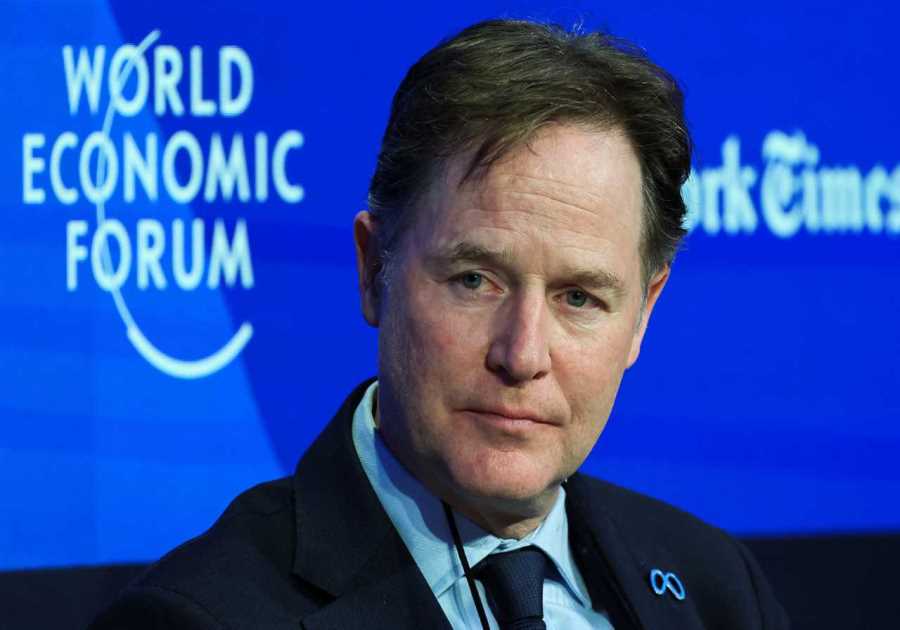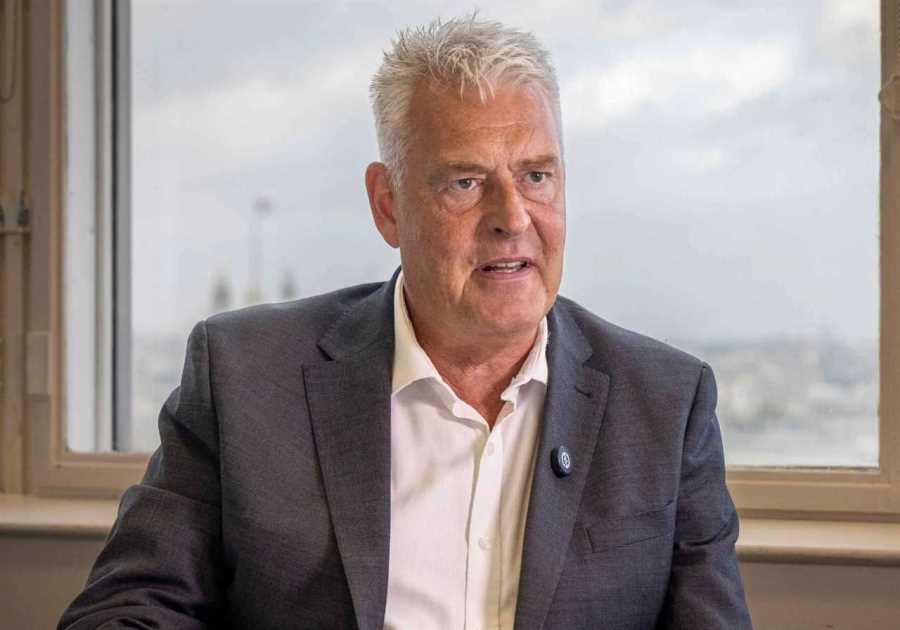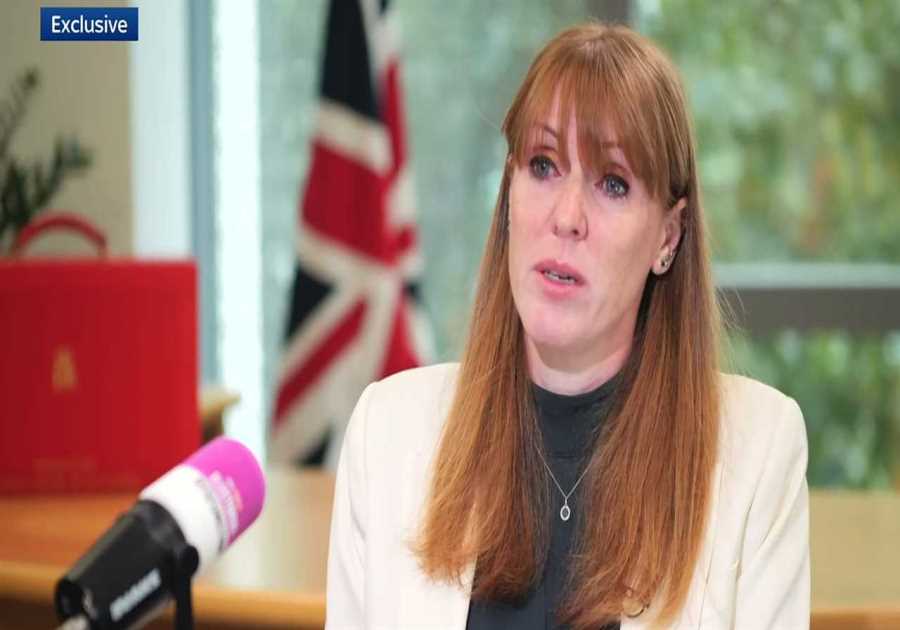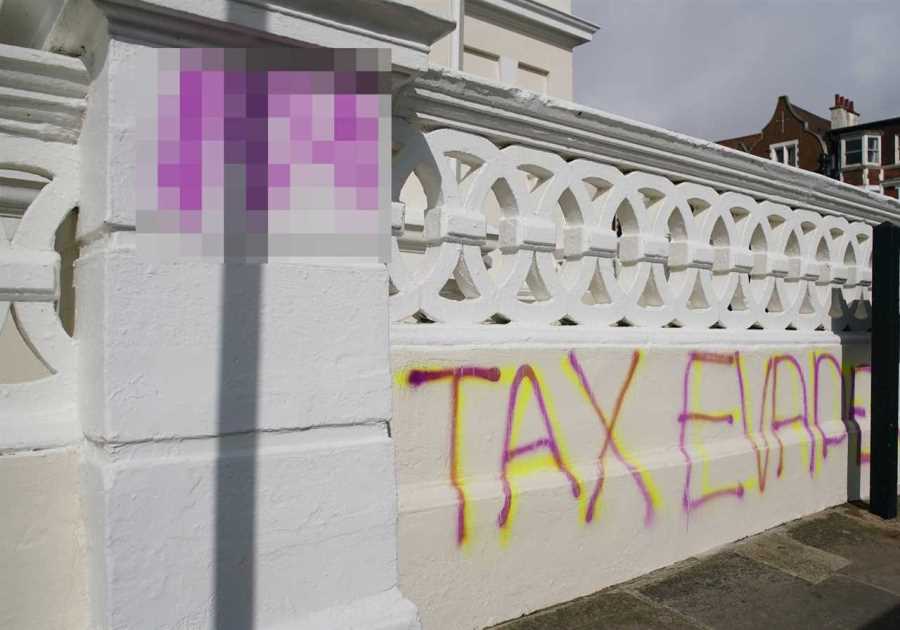ENGLAND has been under strict lockdown restrictions since Thursday, November 5.
Brits are required to stay at home with pubs, bars, restaurants and non-essential retail closed. But when did lockdown first start in the UK? Here’s everything you need to know.
England has been under lockdown since November 5
When did the UK lockdown start?
The second UK lockdown was announced on October 31, despite Prime Minister Boris Johnson vowing to do “everything in his power” to avoid the measures.
The measures came into force on Thursday, November 5, and are due to remain in place until December 2.
England was plunged into lockdown just months after restrictions had started to ease.
What have the restrictions been since the beginning?
- Boris Johnson announced the first national lockdown on March 23 – ordering Brits to stay at home, banned gatherings of more than two people, and closed all non-essential retail.
- The lockdown rules were reviewed every three weeks until May 28 where the PM announced further plans to lift certain measures.
- On June 1, people from different households were able to meet in groups of six in gardens and outdoor spaces.
- Non-essential shops – including toys, furniture, charity, betting and clothes – were allowed to open from June 15.
- Masks were made compulsory on public transport from June 15, and in indoor settings such as shops a month later.
- A raft of new changes were introduced on October 12, including the three-tired local lockdown system.
- A tier-three lockdown is a type of restriction that sees pubs close along with other measures designed to reduce the spread of coronavirus.
- Liverpool City Region was the first region to be placed under Tier 3 lockdown, and was followed by Greater Manchester and Lancashire.
- London was placed under Tier 2 on October 17 which saw a ban on household mixing indoors.
- The latest lockdown measures were announced on October 31, and came into force on November 5.
- Brits are advised to stay at home, with all non-essential retail, restaurants and bars closed.
- People must not leave their home except for specific purposes including work and volunteering, fulfilling legal obligations, essential activities such as shopping for food, education and childcare, meeting others in your support bubble, medical reasons, and events such as attending a place of worship for individual prayer, a funeral, or a deathbed wedding.
- Hairdressers and beauty salons are also closed.
- A work-from-home order is in place.
- Unlike the last lockdown, schools, colleges and universities remain open.
- Internal UK-wide travel is set to be discouraged but the furlough scheme has been extended.
How long will the UK lockdown last?
The second lockdown is predicted to last until December 2, but it could be extended.
Matt Hancock has hinted that the lockdown could be extended beyond December 2.
The Health Secretary said it was “too early to know” if the current Covid restrictions have worked – and would only say he “hoped” to be able to return to the tiers system after lockdown.
Mr Hancock told Radio 4 the next week (from November 16) will be crucial, as coronavirus cases should start to fall if the “lockdown is working”.
It’s likely that England will see a return to the tiered system post lockdown but measures could be tighter.
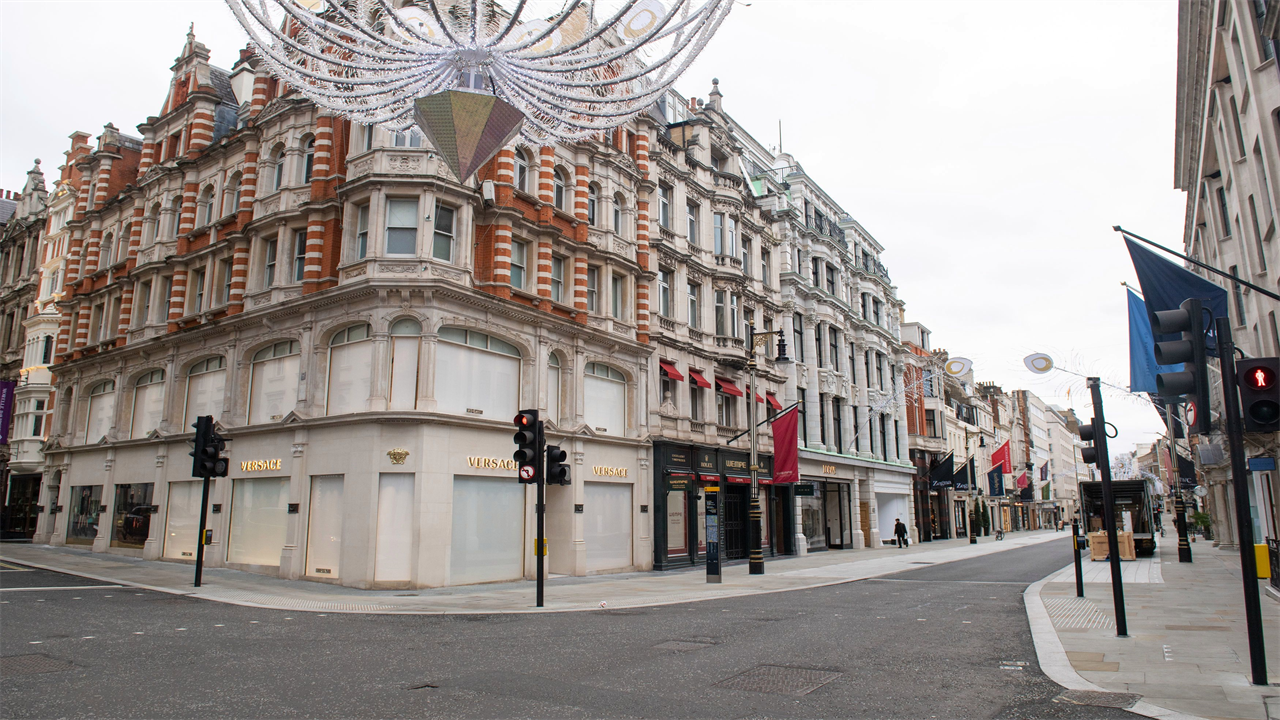 Closed shops pictured on an empty New Bond Street, London as England continues a four week lockdown
Closed shops pictured on an empty New Bond Street, London as England continues a four week lockdown
Has the UK been on lockdown like this before?
This is the second time the country has been in a lockdown in just a matter of months.
The last time the UK and Europe has had to deal with a pandemic on this scale was the outbreak of the Spanish Flu in 1918. Around 50million people died and almost 40 per cent of the world’s population were infected.
We’ve had a few close calls with illnesses like swine flu in 2009-10, but it wasn’t on the same scale as coronavirus.

